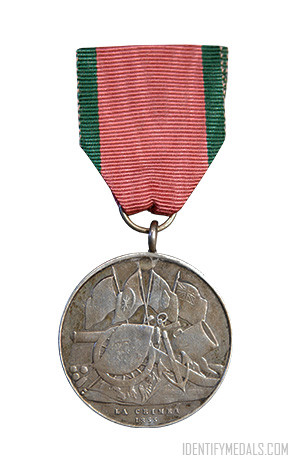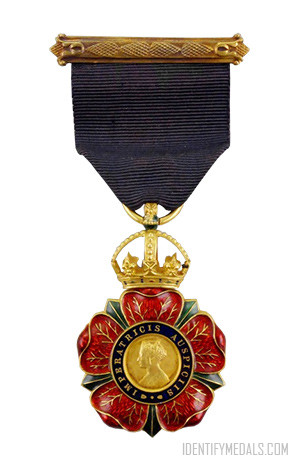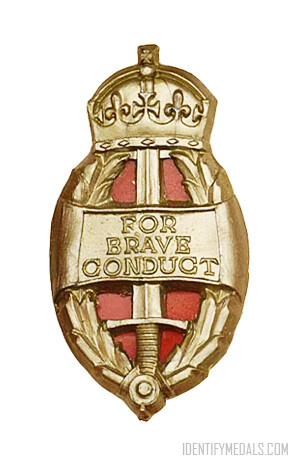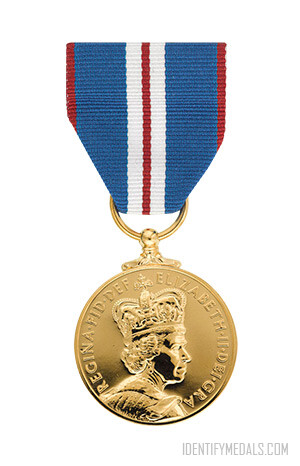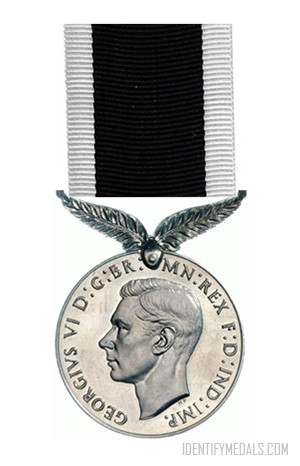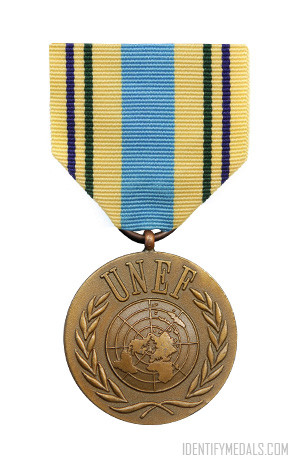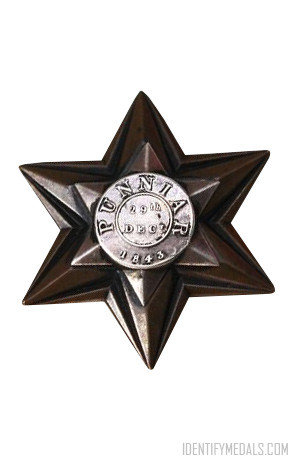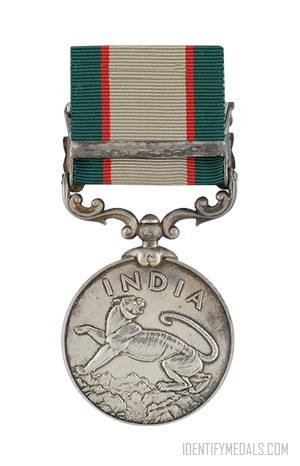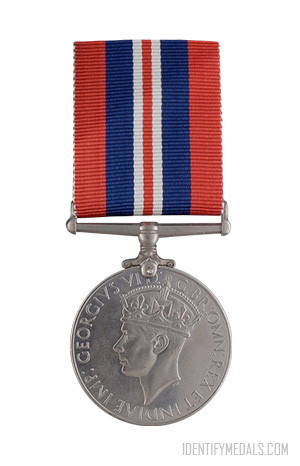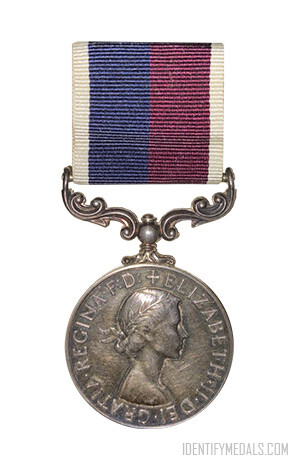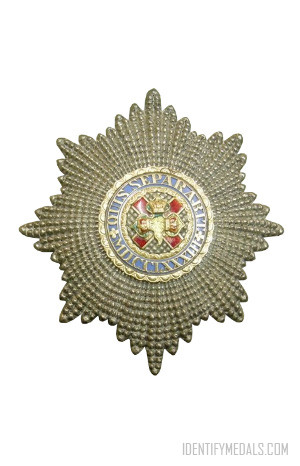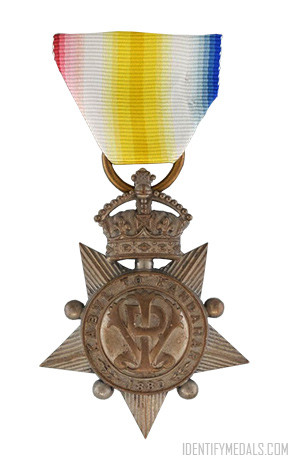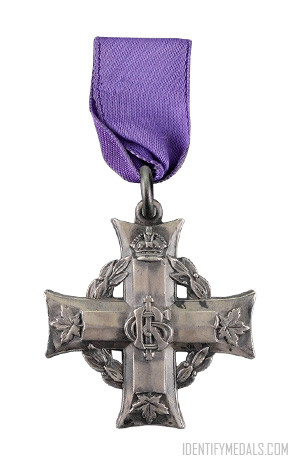- Time Period: Pre-WW1
- Year of Institution: 1855
- Country: Great Britain
The Turkish Crimean War Medal (or Kırım Harbi Madalyası in Turkish) is a campaign medal issued by Sultan Abdülmecid I of the Ottoman Empire to allied military personnel involved in the Crimean War of 1854–56.
The medal was only awarded to those who survived the war and not to next of kin. The obverse types differed in the arrangement of the flags, corresponding with the inscription in English, French or Italian in the exergue.
Although the medals were intended to be issued to British, French and Sardinian troops respectively, they were issued haphazardly due to most of the British version being lost at sea.
British recipients also qualified for the British Crimea Medal.
The Turkish Crimea Medal Design
The medal is circular, struck in silver and measures 36 mm in diameter. It was designed by James Robertson.
The obverse shows a cannon standing upon the Imperial Russian flag, with an anchor and a mortar, weapons, and the four Allied flags with the name and date in the exergue.
The reverse bears the Ottoman Sultan’s tughra with the Muslim calendar year of 1271 on all versions. The identifying flag is the central right-hand flag, positioned above the anchor, the Union Flag for Great Britain, the tricolor for France, or the flag of the Kingdom of Sardinia, based on the Italian tricolor. Since Sardinia was ruled at the time by the House of Savoy, this flag has the Savoy shield in the central panel. The Turkish flag is placed center-left on all three versions.
The ribbon is crimson with green edges.

